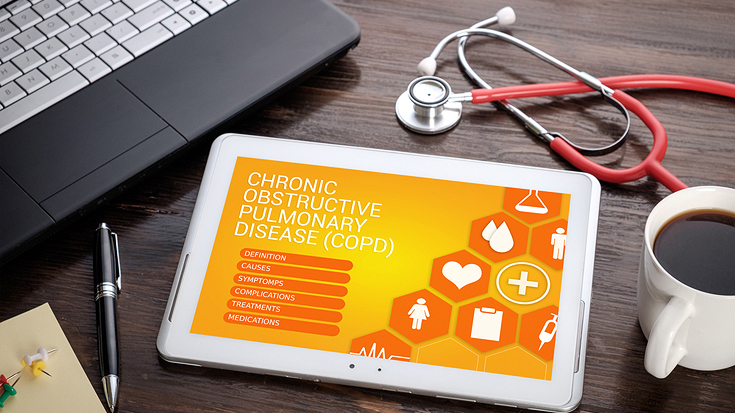
Respiratory therapists are increasingly being asked to serve on vascular access teams or rapid response teams where emergent vascular access may be necessary. Ultrasound is increasingly being used by these teams to guide vascular access.
Check Out Congress Pre-Courses
What does the medical evidence have to say about this procedure? Recent studies back up the value.
According to an international group of investigators who published evidence-based consensus recommendations on ultrasound vascular access in 2012, the technique can optimize the probability of needle placement, be used not only for central venous cannulation but also in peripheral and arterial cannulation, and be used to check for the catheter’s tip position and immediate and life-threatening complications.
A meta-analysis published by researchers from the University of Arizona Medical Center in 2015 showed ultrasound guidance improved success rates for patients with difficult peripheral venous access when compared with traditional vascular access techniques.
And another meta-analysis published earlier this year by Dutch investigators found greater success for ultrasound-guided peripheral vein cannulation than the traditional approach of palpation and direct visualization. The ultrasound method reduced the number of punctures and time needed to achieve IV success as well, and patients were more satisfied when ultrasound was used.
Learn more through our Congress Industry Pre-course
RTs who come in a day early for AARC Congress 2018 in Las Vegas will have the chance to get up to speed on this technology.
The Ultrasound-Guided and Emergent Vascular Access Simulation Workshop is scheduled for Dec. 3 and will provide learners with an overview of the area, along with hands-on stations where they will be able to practice needling techniques and develop the confidence they need to assume positions on these teams in their hospitals back home.
The course is being sponsored by Teleflex.
Email newsroom@aarc.org with questions or comments, we’d love to hear from you.
















